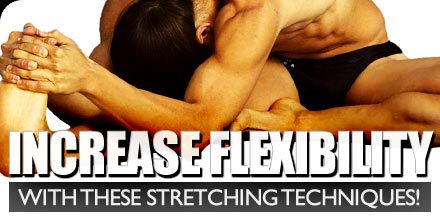Increase Flexibility With These Stretching Techniques
Stretching has many benefits that cannot only help you train harder, but it also helps you in life. Learn more about the importance of stretching techniques, flexibility, what determines flexibility, health benefits, types of stretching, and more right here!
Disclaimer: This article is for informational purposes only and is not meant to treat or diagnose any condition. It is recommended that you speak with your doctor before starting any exercise program, changing your daily nutrition, or adding any supplements to your regimen.
Table of contents
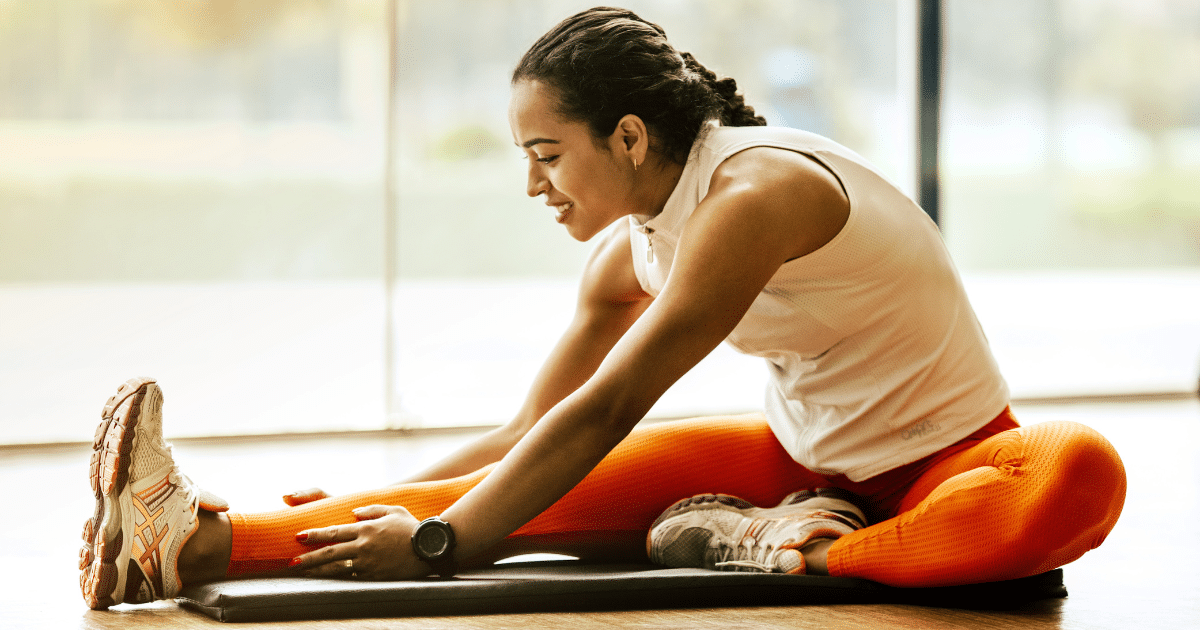
What Is Flexibility?
According to the ACSM, flexibility is the measure of the range of motion at a joint or group of joints and the ability to move a joint through its complete range of motion.
ACSM Guidelines
The ACSM recommends utilizing stretching techniques three times a week. You want to stretch 10% beyond normal length or to the point of tension (overload but do not overstretch). You want to hold the stretching techniques anywhere from 10-30 seconds. You should ideally try to achieve 3-5 reps with 4 reps being ideal.
What Determines Flexibility?
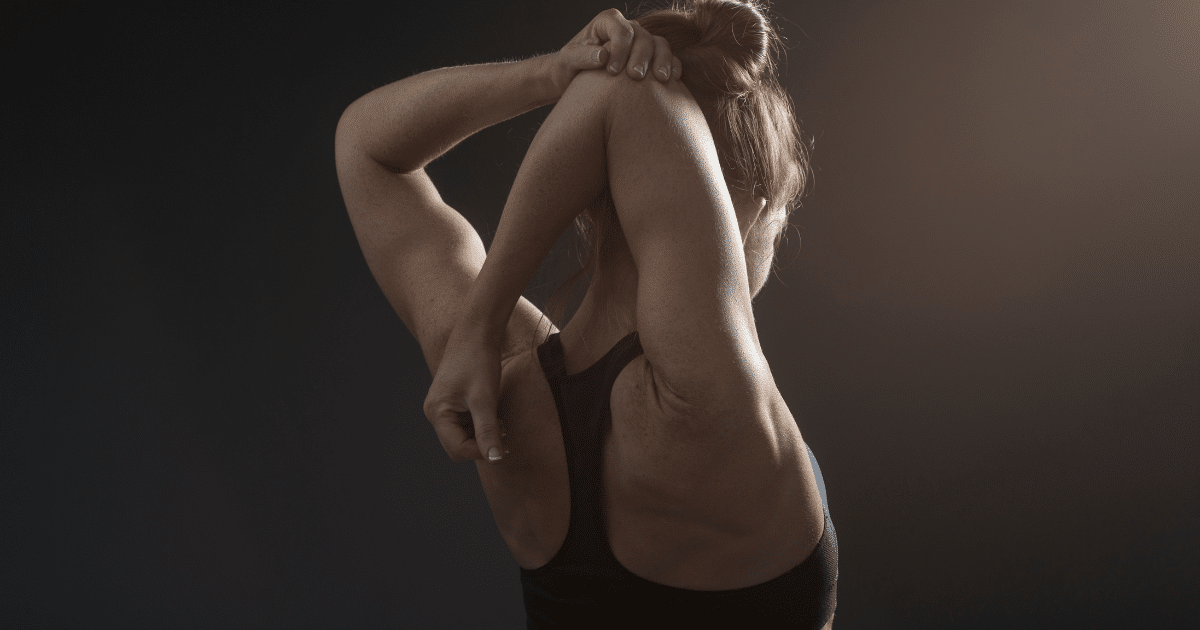
There are many things that determine flexibility:
- The shape of the bones and cartilage in the joint
- The length and extensibility of muscles, tendons, ligaments, and fascia across the joint (The length of bone segments impacts range of motion)
- Your personal physical activity
- Tissue interference occurs when either muscle or fat tissue physically blocks a movement, restricting a joints full range of motion
- Hormonal influences on muscle elasticity generally make women more flexible than men (sorry guys, we have a disadvantage)
- Muscle temperature, disease status, tissue interference, gender, age (Increased muscle temperature increases the muscles elasticity)
Flexibility is joint specific. For instance, the shoulder is the most flexible joint in the body. You can move your shoulder in more directions and has more range of motion than any other joint in the body.
The elastic and compliant properties are enhanced by regular stretching of the connective tissues. Stretching exercises have the greatest impact on the connective tissues of the muscles and tendons.
What Are the Main Stretching Techniques?
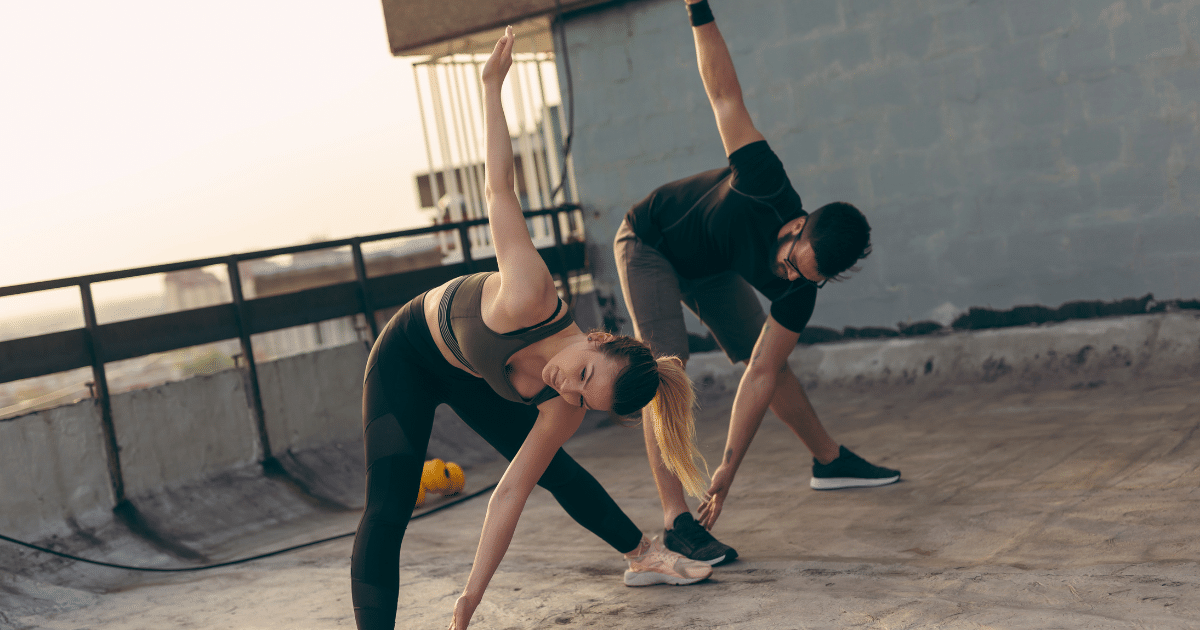
Stretching is an essential component of any fitness routine as it helps improve flexibility, reduce muscle stiffness, and enhance overall range of motion. There are various stretching techniques, and they can be broadly categorized into two main types: static stretching and dynamic stretching.
- Static Stretching:
- Passive Stretching: Involves using an external force (such as a partner, a wall, or the floor) to assist in the stretch. This helps elongate the targeted muscle.
- Active Stretching: Requires the individual to contract the opposing muscle group to create the stretch. For example, lifting the leg straight in front of you to stretch the hamstrings.
- Dynamic Stretching:
- Dynamic Warm-Up: Involves moving parts of your body through a full range of motion to increase blood flow and warm up the muscles before engaging in more intense physical activity.
- Ballistic Stretching: Uses bouncing movements to push a muscle or group of muscles past their usual range of motion. It is not recommended for everyone and should be approached with caution to avoid injury.
- PNF (Proprioceptive Neuromuscular Facilitation):
- Combines passive stretching and isometric contractions. It often involves a partner and is an effective method to improve flexibility.
- Isometric Stretching:
- Involves contracting the muscle without changing its length. This type of stretching can improve flexibility and strength simultaneously.
- Active Isolated Stretching (AIS):
- Incorporates repeated, gentle stretches, holding each for only 1-2 seconds. This technique is believed to improve flexibility without triggering the protective stretch reflex.
- PNF Stretching:
- Involves a combination of passive stretching and isometric contractions. It is typically done with a partner and can lead to significant gains in flexibility.
When incorporating stretching into your routine, it’s crucial to warm up your body first, as stretching cold muscles can increase the risk of injury. Remember to breathe deeply and consistently during each stretch, and avoid bouncing or jerky movements, especially in static stretches. Additionally, listen to your body and avoid overstretching to the point of pain.
Can Various Stretching Techniques Improve Flexibility?
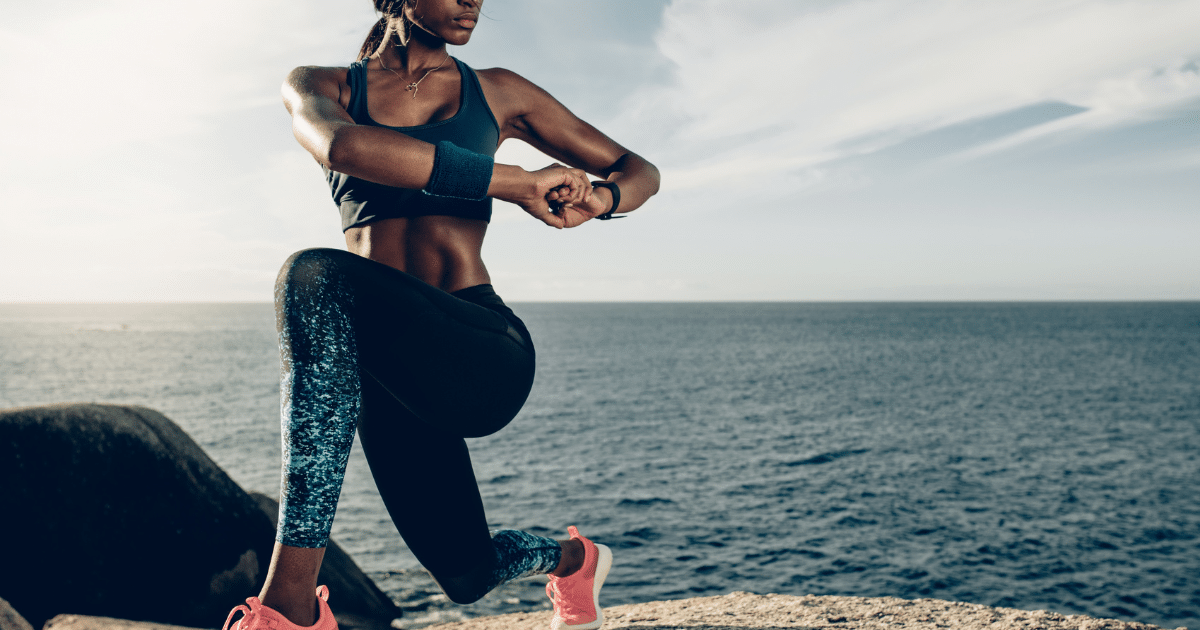
Yes, various stretching techniques can indeed improve flexibility when practiced consistently and correctly. Here’s how different stretching methods contribute to increasing flexibility:
- Static Stretching: Holding a stretch for a prolonged period (typically 15-30 seconds) allows the muscle fibers and connective tissues to gradually lengthen. Over time, this can lead to increased flexibility in the targeted muscles.
- Dynamic Stretching: Moving through a range of motion in a controlled manner helps improve flexibility by gradually increasing the muscle’s ability to lengthen and contract. Dynamic stretching also enhances blood flow to the muscles, which can improve overall flexibility and performance.
- PNF (Proprioceptive Neuromuscular Facilitation) Stretching: PNF stretching involves a combination of passive stretching and isometric contractions. This technique can lead to significant gains in flexibility by promoting relaxation and lengthening of the muscles.
- Isometric Stretching: By contracting the muscle while it is being stretched, isometric stretching can help improve flexibility and strength simultaneously. This method is particularly effective for increasing static flexibility.
- Active Isolated Stretching (AIS): AIS involves repeated, gentle stretches, holding each for only 1-2 seconds. This technique can improve flexibility without triggering the protective stretch reflex, allowing for greater gains in range of motion over time.
- Ballistic Stretching: While not recommended for everyone due to its higher risk of injury, ballistic stretching uses bouncing movements to push muscles past their usual range of motion. When performed cautiously and with proper technique, it can improve flexibility, especially in dynamic activities like sports.
Overall, the key to improving flexibility is to incorporate a combination of stretching techniques into your routine, focusing on both static and dynamic stretches, and gradually increasing the intensity and duration of your stretches over time. Consistency is also crucial, as regular stretching sessions will yield the best results in terms of increased flexibility.

The Health Benefits of Flexibility
There are many health benefits that string from working on your flexibility. By working on and improving your flexibility, you will be able to do daily activities much easier.
Related Article: Can Stretching Really Improve Your Muscle Growth?
For example, those who have problems putting on their shoes and tying them benefit from increased flexibility. People who play sports or workout will find that they have improved athletic performance and fewer injuries. Not to mention that people who have good flexibility have much better posture.
Click here to continue reading…


*Disclosure: This article may contain affiliate links or ads, which means we earn a small commission at no extra cost to you if you make a purchase through these links. These commissions help support the operation and maintenance of our website, allowing us to continue producing free valuable content. Your support is genuinely appreciated, whether you choose to use our links or not. Thank you for being a part of our community and enjoying our content.
PLEASE CONSIDER SHARING THIS ON YOUR SOCIAL MEDIA TO HELP OTHERS LEARN MORE ABOUT THIS TOPIC. SIMPLY CLICK BELOW!

